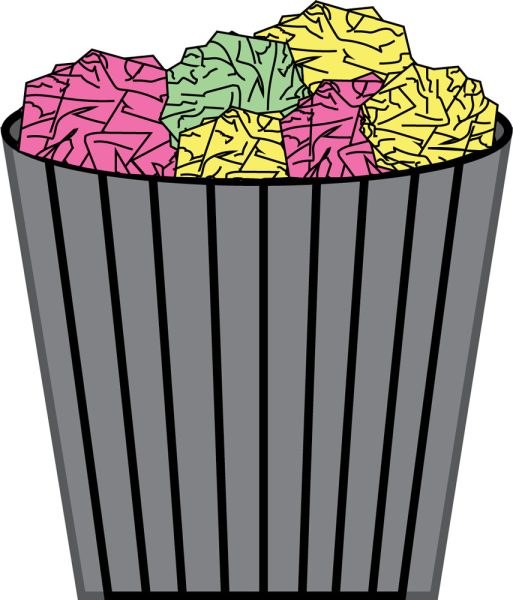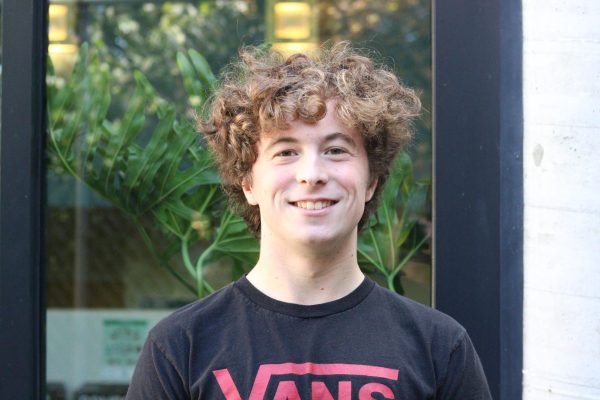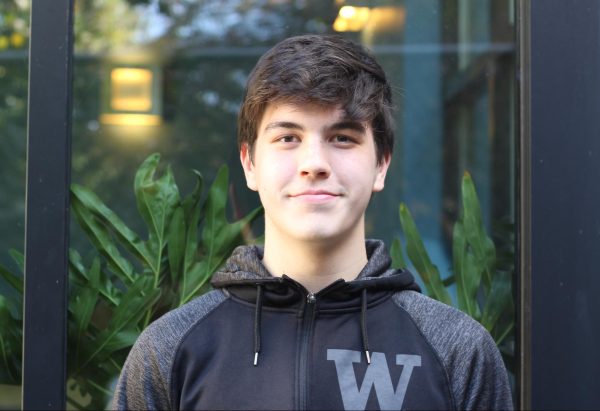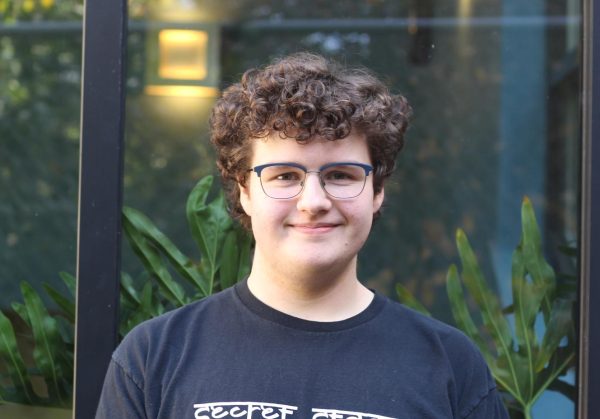This January for three weeks students will enroll in one course, and classes will embark on various field trips to dive deeper into their subject. Every semester, the University Prep campus transforms from a center of learning to a base camp for experiential educational opportunities.
After five years and multiple administration changes, intensives continue to be a part of the schedule, but leaders in the commu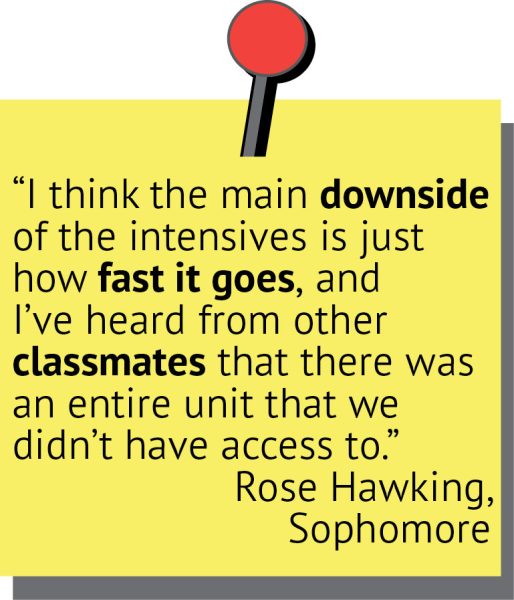 nity have pointed out the need for the system to evolve.
nity have pointed out the need for the system to evolve.
Assistant Head of School for Academics Ed Billingslea, who joined UPrep last year, believes there is still room for improvement.
“When you look at it on paper, it looks great, but when you peel back the layers, is the level of mastery of depth of knowledge gained what we intended?” Billingslea said. “I feel like right now, some people feel that intensives are happening at them, as opposed to them being a part of intensives.”
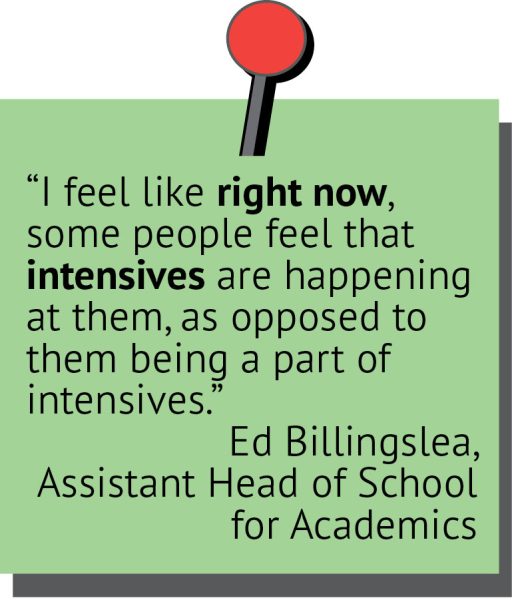
A Failed Experiment
To make the most out of the program, Billingslea worked with the science department to reorganize its curriculum for intensives, especially for Biology this year. The class gave students an option between taking two full semesters or a semester and an intensive. Department chair Mikayla Patella-Buckley felt that the choices were unequal.
“The tipping point came from a few things,” Patella-Buckley said. “It was, in part, that we were just trying to cram in a semester’s worth of material into one intensive, and when on your transcript it says you’ve taken a year of biology, there are certain expectations regarding the content that you’ve covered.”
The science department realized that the intensive was not as effective in giving students a solid comprehension of the content.
“We were finding that students were leaving our biology program in ninth grade without a strong understanding of enough things that we were like, ‘Oh dear, this is problematic,’ in a dramatic enough way that we knew we had to make a change,” Patella-Buckley said.
According to Patella-Buckley, the conversion of a semester class to an intensive one was not successful in this case.
“I think the reason Biology didn’t work in an intensive is because we were trying to pour from a year-long container into an intensive container,” Patella-Buckley said. “And that pour didn’t work.”
Sophomore Rose Hawking took the Biology intensive last year and feels that while it was not overwhelming, they were still missing out on some of the material.
“I think that the biology intensive did a good job with its pacing, given how much material there has to be to go through. I didn’t feel rushed in it,” Hawking said. “But sometimes I really did wish that we could just spend a bit more time understanding the topics.”
Hawking also believes that the intensive option should been more similar to the semester course.
“I think the main downside of the intensives is just how fast it goes,” Hawking said. “I’ve heard from other classmates that there was an entire unit that we didn’t have access to, which I think would have been really cool because that’s something I think that I would have been interested in.”
Billingslea urged the science department to replace the Biology intensive with another course. That is how, according to Patella-Buckley, the widely popular Microbiology intensive, with over 60 initial sign-ups, came to be.
“I think the intensives that work the best are ones that are designed from the beginning to be an intensive,” Patella-Buckley said. “When intensives are at their best, it’s when it’s designed to fit the container. You’re taking advantage of the time to do things you could not do otherwise.”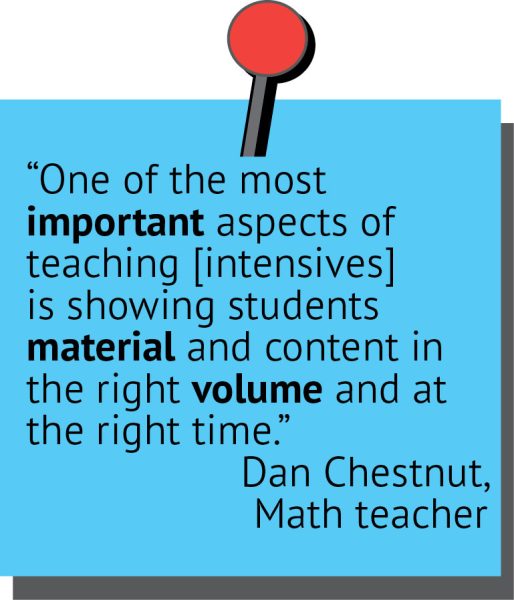
More than two years of time and effort went into planning intensives and how they would work at the school. Former Assistant Head of School for Academics and Strategic Initiatives Richard Kassissieh was involved early on in the creation process. He met with stakeholders, students and staff to identify the disadvantages of the previous seven period schedule.
While Kassissieh played a big part in the creation, he was not the only one. Various teacher-led committees were created to combat issues like the use of time in the schedule.
“I was working in a very team-based kind of way,” Kassissieh said. “There were lots of teachers involved in the project, and I just saw myself as coordinating the work and helping implement what some of the conclusions were.”
Co-chair of the intensive design team and fine art teacher Ty Talbot toured schools that utilized similar programs to see how it could work for UPrep’s curriculum.
Talbot and Kassissieh helped build the program so that students could dive into their courses in a non-traditional sense.
“It gave students a different narrative about their education,” Talbot said. “It gave them a chance to take on a subject in a different way and have something catch fire in a way that juggling a bunch of classes and a seven-period semester wouldn’t have.”
While there are examples of intensives working well according to Talbot, he questions whether certain core classes work the same as a semester of that same class.
“If you take a three-week intensive in humanities at the end of your sophomore year, are you into it? Are you fried and burned out and not up for it?” Talbot said. “I think those are questions we need to ask.”
A Set Formula
A lot of factors go into teaching and building a successful intensive class. Teachers have to account for students’ needs while also incorporating sufficient learning material. 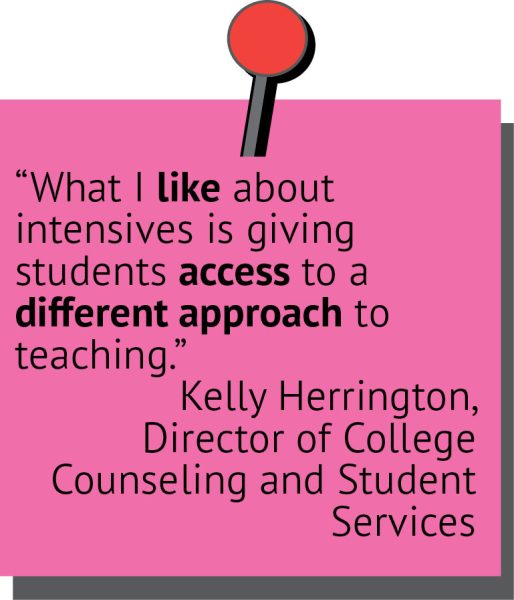
The math department was able to design a successful intensive course on the first try, according to Dan Chestnut. He taught the Geometry intensive for every year it was available and believes he has figured out the formula for what makes a class work. The intensive no longer exists because of curriculum changes unrelated to the class.
“One of the most important aspects of teaching is showing students material and content in the right volume and at the right time,” Chestnut said. “You can’t overload them all at one time and show them all a bunch of stuff. And you can’t spread it too thin, or they won’t cover everything. You have to pace it out nicely.”
Chestnut specified that the intensive course was organized into three separate units, in which students rotated between different classrooms throughout the day.
For teaching a very content-heavy class, such as Geometry, Chestnut found that a well-designed class would work every time.
“If it’s designed well, it doesn’t matter who the teacher is. I’ve done it with several teachers over the years,” Chestnut said. “You can throw any math teacher in as long as the intensive is created well; it’ll just run, and it’s easy for the teacher to do.”

Looking Ahead
Director of College Counseling and Student Services Kelly Herrington believes intensives are crucial for building a diverse academic skill set.
“I think it makes our students kind of intellectually nimble because they know how to succeed in a semester system,” Herrington said. “But they also know how to succeed within an intensive semester system.”
Herrington also thinks the intensives format comes with privileges.
“What I like about intensives is giving students access to a different approach to teaching,” Herrington said. “And I like that it allows us to get off campus, right? I mean, we’re so lucky.”
Billingslea also strongly believes in the advantages and importance of the format.
“They have a lot of potential in terms of offering students great opportunities as well as letting teachers diversify how they deliver their curriculum and create exciting classes,” Billingslea said.
After taking over Kassissieh’s role of intensives coordinator, Billingslea split up the leadership burden among division directors.
“They already worked more closely with the teachers,” Billingslea said. “They had relationships as related to classroom locations, and just me being new, it just made more sense for me to focus on the curricular side and for them the logistics.”
Since arriving at UPrep, Billingslea has noticed issues coming up for both semester and intensive classes.
“There can be a strain on the fine arts and PE teachers,” Billingslea said. “Enrollment is high in the intensive but then low in the semester. Then in the semester, sometimes classes won’t make it because there aren’t enough students. And then that causes a staffing problem.”
Despite the many challenges, Billingslea is ready to take them on.
“There is a lot of opportunity there and I’m just glad I’m in a situation where I can get down to the work and hear from the students to see what we can do to make this the best experience possible,” Billingslea said.
